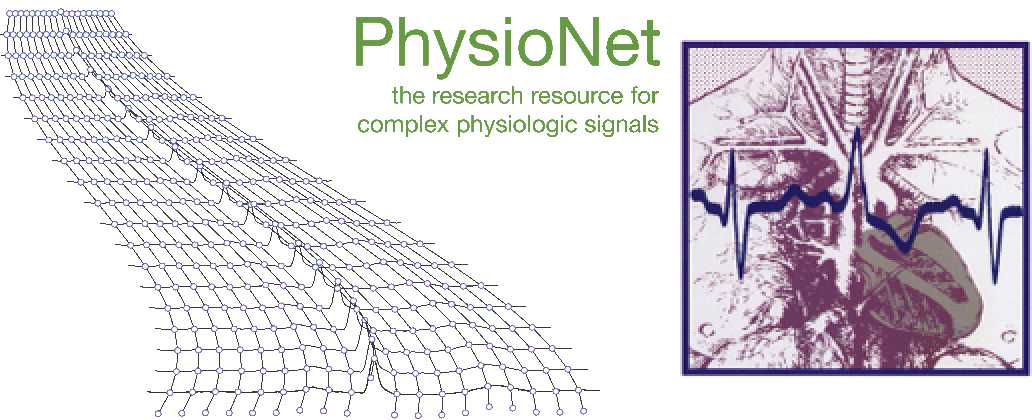- Registration form
- Example MATLAB and Python submissions and scoring code
- Submission instructions and form
- Leaderboard, results, and papers
- Public discussion forum
- Rules and deadlines
- Current and general FAQs
- About
Session S51.5
Dynamic Features Of The Normal Heart Rate Variability
T. Smuc, I. Maric, G. Bosanac, D. Gamberger, N. Bogunovic, G. Krstacic
Rudjer Boskovic Institute
Zagreb, Croatia
Objectives: The set of new features, focussed on different dynamic properties of the heart rate variability, was defined and investigated with a primary objective to discriminate between real and synthetic heart beat signals, which was the subject of CinC 2002 challenge.
Methods: Among a larger number, several features turned out to have high discriminative value: A) Inter/intra signal power spectrum similarity: One of the features was Fourier power spectrum of entire signal. Most of the synthetic signals originating from the same generator, has highly similar Fourier spectra, despite different footprint in the time domain. Similarly, real signals express significant variability of the spectra during the day, which is not the case for most of the synthetic ones. B) Average R-R interval changes: One of the general features describing well the average R-R interval dynamics is the average change of the R-R interval length between two consecutive beats related to the specific length of the first R-R interval. Typical for the real signals is that the average interval changes are considerably smaller and positive for shorter intervals and large and negative for larger intervals. C) Short range slowing down and speeding-up characteristic: This feature deals with heart rate dynamics over the short range of beats, averaged for the whole signal. For all the real signals analyzed in the learning phase, slowing down of the heart is on the average faster than speeding up. D) Complexity of State Transitions: We have defined general state-numbers uniquely characterizing the state of consecutive RR intervals: a sequence of either accelerating, decelerating or constant length R-R intervals. Number of transitions from one state to another is used as a measure of complexity of the heart rate variability. Synthetic R-R time series show significantly lower complexity in state transitions than the real series.
Results: Combining this set of features in a voting scheme showed large correlation (agreement) in attribution of signals, between different features, resulting in a very high classification accuracy on the challenge set.
Supported by the National Institute of Biomedical Imaging and Bioengineering (NIBIB) under NIH grant number R01EB030362.
© PhysioNet Challenges. Website content licensed under the Creative Commons Attribution 4.0 International Public License.
